Australia is set to accelerate A$1 billion in defence expenditure in Tuesday’s federal budget, as part of a broader effort to enhance its military capabilities, Defence Minister Richard Marles announced on Monday.
Marles outlined that the federal budget would include an increase of A$10.6 billion (US$6.66 billion) for defence over the next four years—a key component of a previously announced A$50 billion boost over a decade. He described this package as the most significant surge in defence spending since the end of World War II.
Speaking at the Avalon Air Show in Victoria, Marles emphasized that the accelerated spending would enable Australia to fast-track critical projects, including the development of guided weapons manufacturing capabilities, the establishment of an AUKUS submarine base at HMAS Stirling in Western Australia, and the procurement of a new frigate into the service fleet within the decade.
“This additional A$1 billion is necessary to accelerate our capability and development,” Marles said, highlighting that the funds will facilitate readying HMAS Stirling and launching the Henderson Defence Precinct as the base for the Submarine Rotational Force West. He also noted that the move will help advance the Guided Weapons and Explosives Enterprise at a faster pace.
Under the AUKUS pact, up to four U.S.-commanded and one British-commanded nuclear-powered submarines are expected to rotate through Australia’s largest naval base from 2027. The early injection of funds will also support the broader strategy of enhancing long-range strike capabilities.
In related developments, Australia has already received the first two of 42 High Mobility Artillery Rocket Systems (HIMARS) launcher vehicles ordered from Lockheed Martin. Brigadier Nick Wilson explained that the mobile, truck-mounted system—used in the war in Ukraine—will significantly enhance the nation's ability to deploy coastal operations, as it can be easily transported by ship or via C-17 and C-130 aircraft.
Defence Industry Minister Pat Conroy added that the Precision Strike Missile, with a 500-kilometre range, is slated for delivery this year to integrate with the HIMARS, further bolstering Australia’s regional strike capabilities.
The move comes amid ongoing pressure from U.S. President Donald Trump and other security allies for Australia to increase its defence spending, reflecting heightened regional security challenges and the need for a modernised military infrastructure.
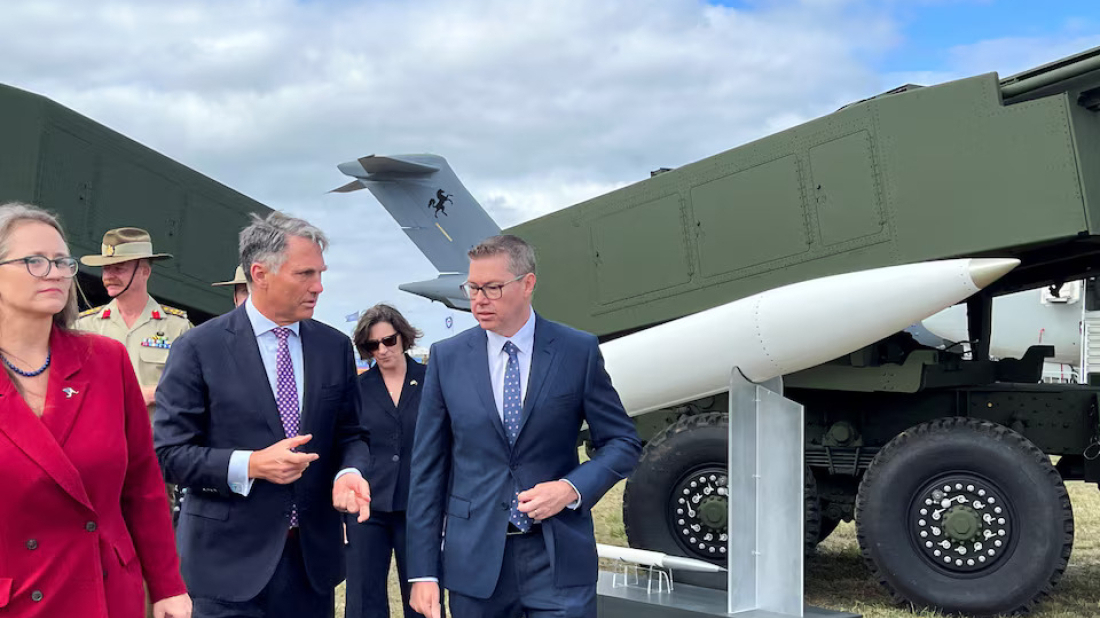

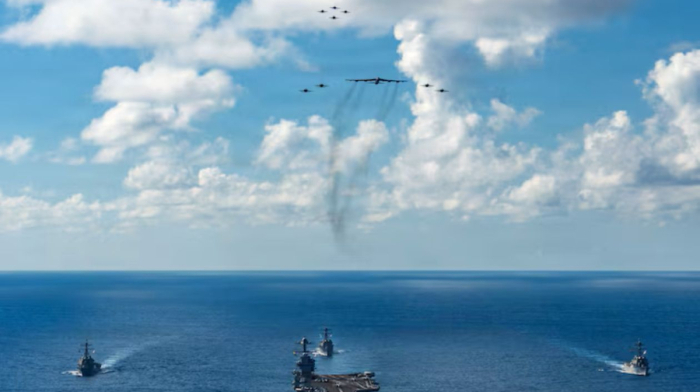
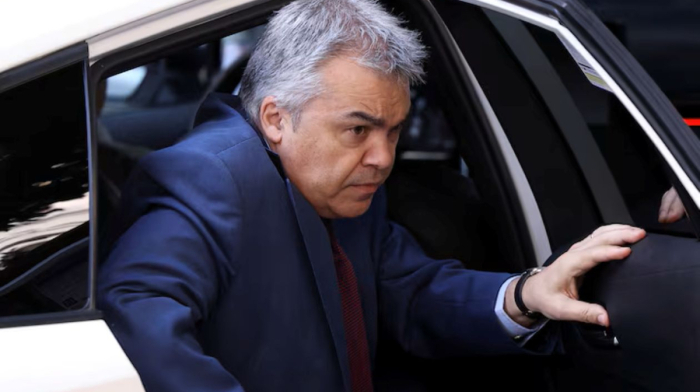

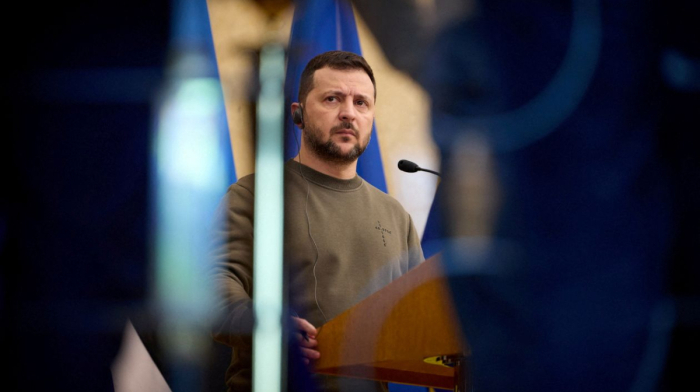

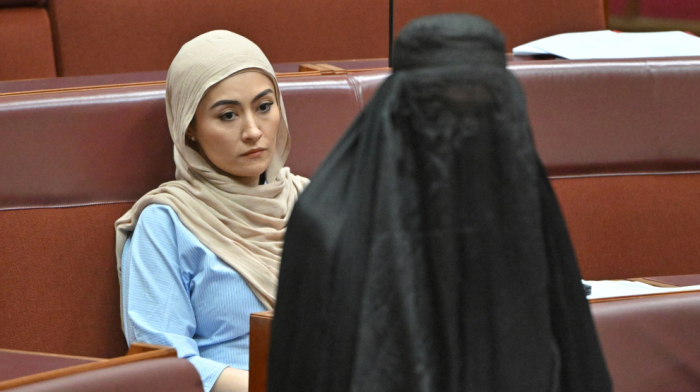



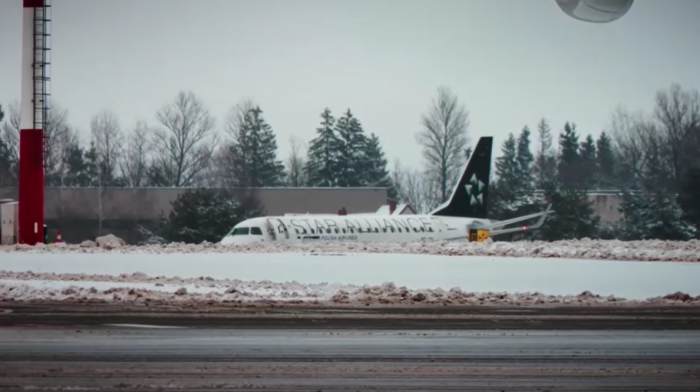
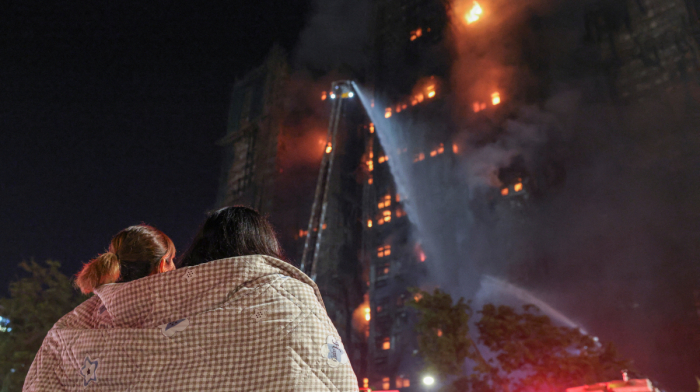


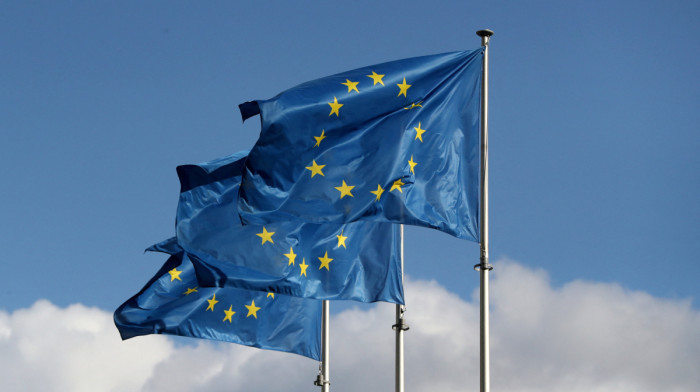


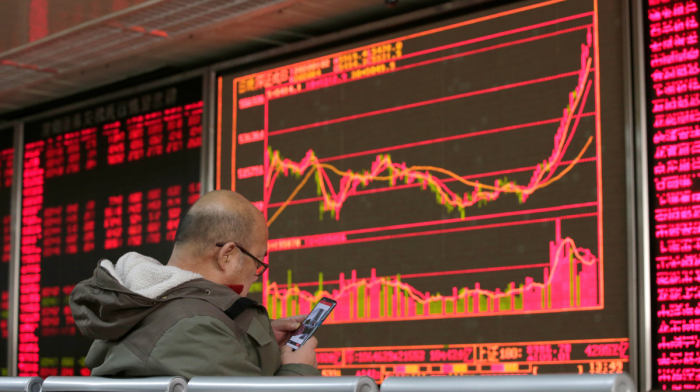
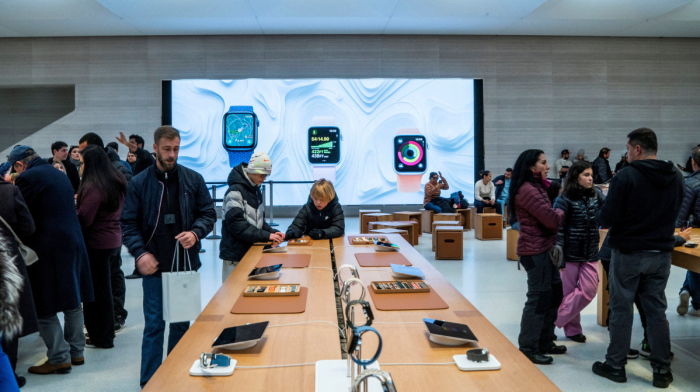



What is your opinion on this topic?
Leave the first comment